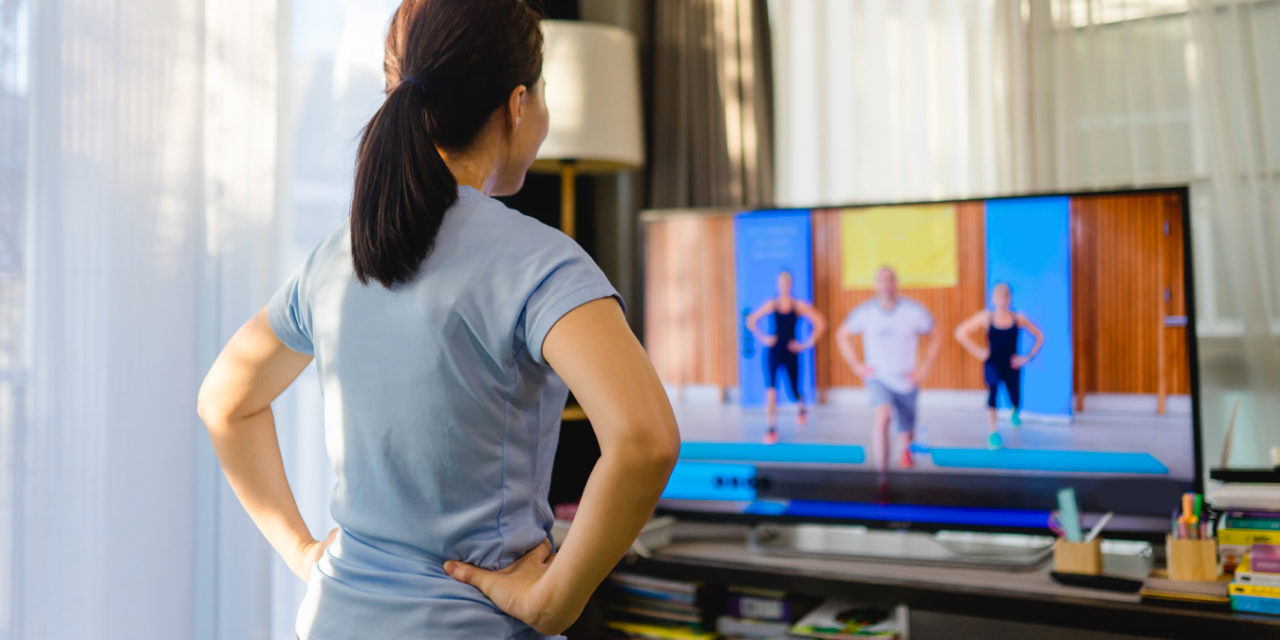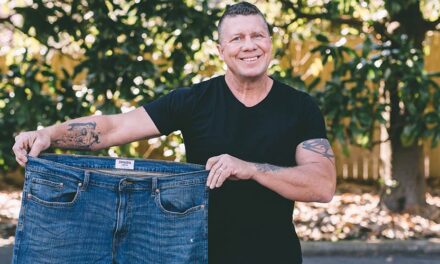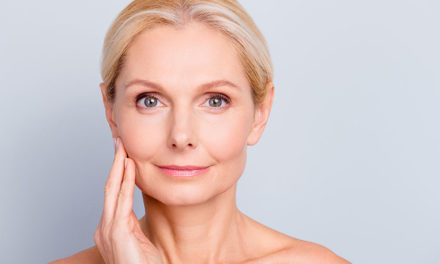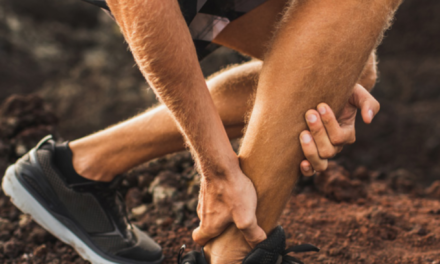- What challenges have you encountered while offering virtual workouts?
One of the biggest challenges is trying to make a workout program that can be applied to a large group of people who may or may not have equipment. The OrthoSouth Sports Medicine Outreach team tries to conceptualize what household items can be used in place of the equipment usually available. You can often substitute normal weight room equipment like a “flat bench” with a chair or ottoman. If there are no dumbbells available, a backpack or suitcase works well.
- How do you keep motivation up?
Consistency and accountability are key. It helps to have an accountability partner, someone checking in on you like I check with my student athletes. It may help some people to feel empowered to play around with a workout. Coming up with a few of your own exercises may combat boredom and give you more ownership of your workout. I do this with my student athletes. Although right now we can’t train or compete like we’re used to doing, this is an excellent time for athletes and fitness-minded people to focus on improving individual weaknesses.
- Any specific sources that you recommend for an individual to model their workouts after?
Individuals should consider reaching out to fitness instructors and personal trainers for workout models that fit their goals and skill level. Be wary of using social media as the only reference point. Although there are some excellent fitness experts with a social media presence, the platforms allow any regular person to say what he or she wants whether or not there is any true research supporting it.
The OrthoSouth Sports Medicine Program uses a new virtual app called TeleHab. It allows us to design rehab templates as well as strength and conditioning programs to fit athletes’ needs. Once assigned a specific program, the athlete will be able to see the exercises and detailed parameters laid out. Besides thorough descriptions, there are videos demonstrating the exercise and an option to self-record so we can watch to ensure proper form is conducted and then provide feedback/instruction if necessary.
- Is the TeleHab app specifically designed to target student-athletes?
TeleHab is an app that can be prescribed to anyone. The templates created can accommodate anyone’s needs starting with something as simple as curling a towel with your toes to Olympic lifts.
- Is there a specific format for designing workouts?
We do not want to overload the athletes with too many exercises or heavy resistance to the point that they could potentially cause harm to themselves. After determining the desired purpose of the program (i.e. rehabilitation, conditioning, strength training, etc.), I aim to break down the anatomy being targeted to ensure that there is not too much emphasis being placed on one portion of the body opposed to another. For example, I do not want to design a lower body workout that is only focused on quadriceps and offers no inclusion of calves, hamstrings, etc.
Furthermore, when designing a full week’s worth of workouts, it’s recommended that enough recovery time be allotted for those muscles to recover prior to another workout. (My personal recommendation is 48–72 hours.)
Sample Full Body Workout Schedule: Complete 3 sets of 10–12 repetitions; use dumbbells, resistance bands, milk jugs, backpack with books, canned foods, tool bag, etc. for extra resistance
Monday & Thursday: Chest / Triceps / Shoulders
- push-ups
- chair dips
- tricep kickbacks
- lateral deltoid raises
Tuesday & Friday: Back / Biceps
- pull-ups
- curls
- one arm bent-over rows
- reverse curls
Wednesday & Saturday: Legs & Core
- lunges
- sit-ups
- squats (hold equipment for extra resistance)
- supermans
- hip bridges
- calf raises
Sunday: REST
For more information, visit Orthosouth.org. John-Michael is a Certified Athletic Trainer at OrthoSouth and Head Athletic Trainer at Hutchison School. As a Certified Strength and Conditioning Specialist, he conducts sport-specific testing sessions, designs safe and effective strength training and conditioning programs, and provides guidance on nutrition and injury prevention. His expertise as a Corrective Exercise Specialist allows him to correct improper form and technique, while providing programs to improve them to help return athletes from injury.







